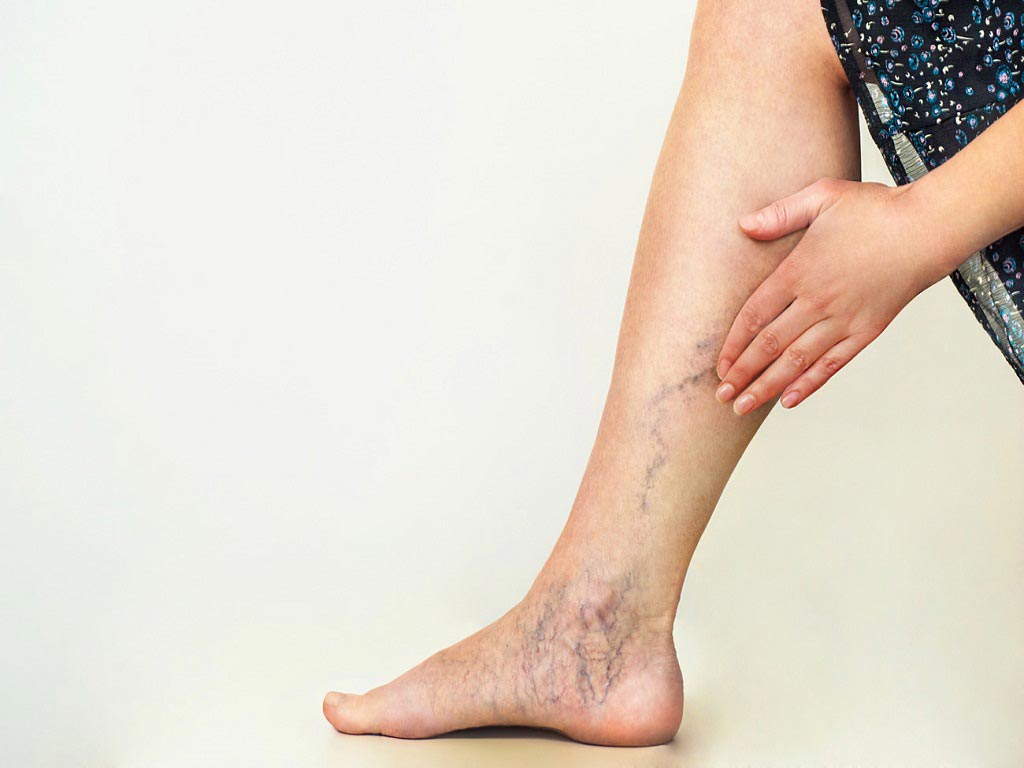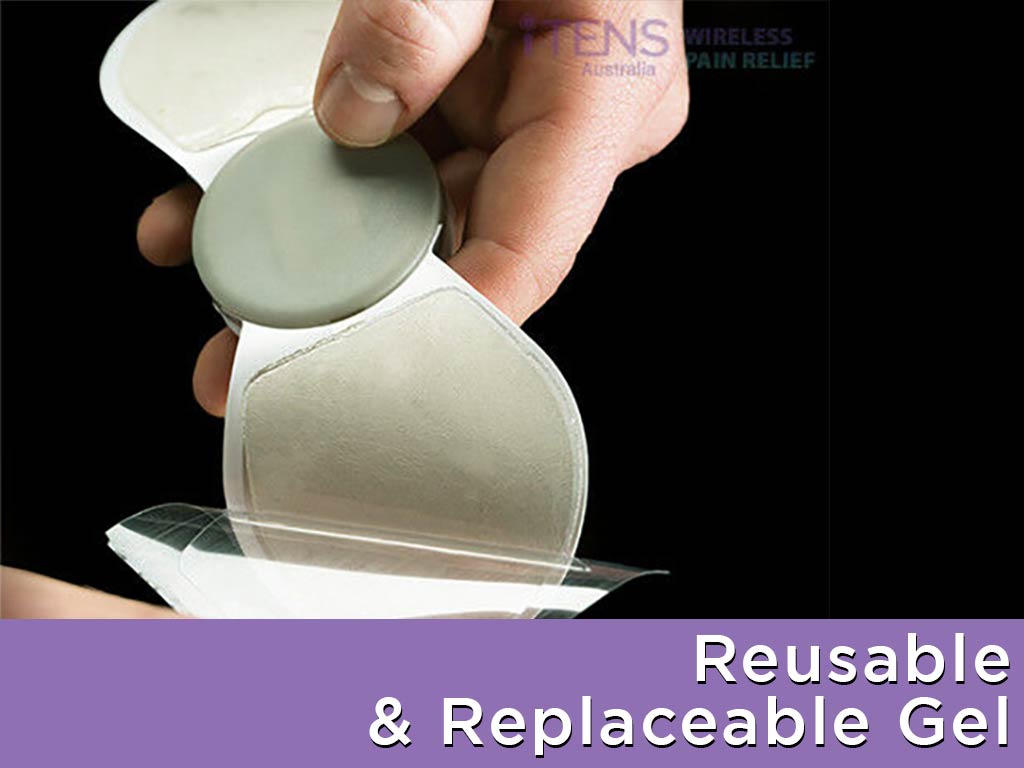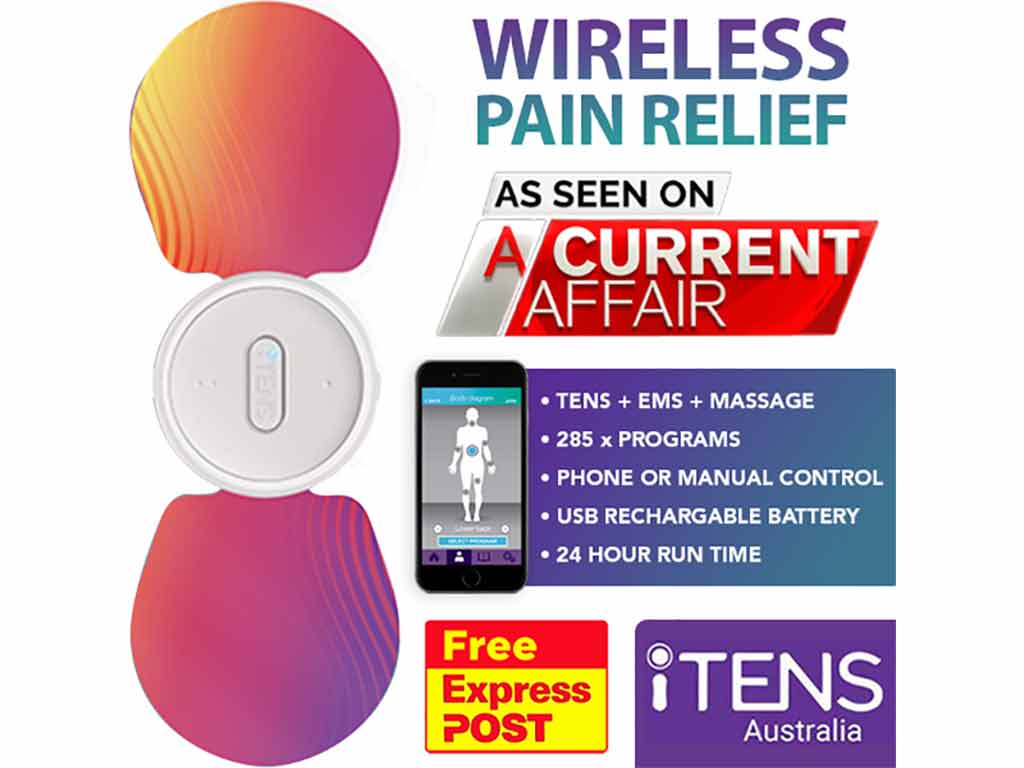
The correct pad placement guide for using a Transcutaneous Electrical Nerve Stimulation or TENS unit for calf strain involves a few steps. Firstly, the person should ensure that the skin on their calf is clean and dry. Then, they should place one pad on the centre of the muscle belly. Next, they need to place the second pad either below or above the first pad. It is important to keep the pads at least two inches apart for effective treatment.
People often choose to use analgesics for calf strain due to their accessibility and affordability. However, there are instances when medication alone may not suffice. Additionally, long-term use of oral painkillers can lead to adverse effects. As an alternative, some individuals opt for TENS machines. This article provides information on a TENS device for calf strain, including proper pad placement and safety measures.
What is a TENS Unit for Calf Strain?
A TENS unit for calf strain is a non-invasive and drug-free pain relief method. This portable device sends low-level electrical currents to the affected area through electrode pads. The electrical impulses help to alleviate pain and promote healing by stimulating the natural pain relief mechanisms of the body.
There are many TENS options available in the market. Traditionally, it is handheld with lead cables. However, more modern models are now wireless. This makes it more convenient for people to operate TENS. The unit can discreetly hide behind clothing. Furthermore, there are different sizes for TENS. They can utilise large ones for the calf. Also, they can use multiple electrode pads at once for further relief.
TENS works by sending electrical signals to the nerves in the calf muscles. These signals help to disrupt the pain messages being sent to the brain. Additionally, the electrical pulses stimulate the release of endorphins, which are natural painkillers. This dual action of pain signal disruption and endorphin release can provide significant relief from calf muscle tears.
Common Causes and Symptoms of Calf Strains
Causes:
- Engaging in intense exercise or sports without proper conditioning can strain the calf muscles.
- Skipping or rushing through warm-up routines leads to less flexibility and preparedness in the calf muscles.
- Activities that involve quick turns, jumps, or sprints can overstretch the calf muscles
- Individuals with tight calf muscles are at a higher risk of strains.
Symptoms:
- A sudden sharp pain or tearing sensation. It can vary in intensity depending on the severity of the strain.
- The strained area may become swollen and tender to the touch.
- The injury can restrict movement, making it difficult to flex the foot upwards or downwards without pain.

Correct Pad Placement When Using a TENS Unit for Calf Strain
When using a TENS unit for calf strain, it is important to follow the proper electrode placement. Begin by cleaning and drying the treatment skin area. Place one pad on the centre of the muscle belly. Place the second pad, either below or above the first pad, around the same muscle group.
The pads should be at least two inches apart. This helps to avoid overlapping and ensures that the current is evenly distributed across the muscle. Once the pads are in place, turn on the TENS unit and adjust the settings to a comfortable level. The TENS unit should create a tingling or tapping sensation in the calf muscle.
After the treatment session, remove the pads and clean the skin to remove any residue from the electrode patches. In general, the electrodes can last from a few weeks to several months based on the factors mentioned above. It is recommended to monitor the condition of the pads and replace them on time. Do not try to use worn-out pads to prevent potential harm to the skin.
How to Operate the Device
Operating a TENS machine for calf strain is simple. First, ensure the device is charged. Then, place the pads on the treatment area. Adjust the intensity of the electrical currents to a comfortable level. Start with a low setting and gradually increase it if necessary. Choose from different modes, like massage programs, for optimal calf pain relief.
Next, set the timer on the TENS device. It is recommended to start with shorter sessions of around 15-20 minutes. During the therapy, pay attention to any sensations or discomfort. If the electric impulses are too strong or uncomfortable, decrease the intensity level or try a different frequency.

Safety Precautions When Using a TENS Unit for Calf Strain
There are safety guidelines to follow when using a TENS unit for calf strain. It is important to thoroughly read the instructions before using the device. Gain knowledge about the functions and settings. Similarly, individuals should consider any warnings or precautions. This will ensure proper usage of the unit. Also, this reduces the risk of calf muscle injuries or adverse effects.
Secondly, it is essential to properly prepare the skin before applying the pads to the affected area. People can clean the skin gently with mild soap and water. Make sure it is dry before application. Avoid using any lotions, oils, or creams on the skin. Otherwise, this may interfere with the adhesion of the electrodes. Additionally, they have to securely attach the pads for optimal delivery of the electrical impulses.
Finally, it should be noted that TENS can offer temporary pain relief and assist in the healing process. However, it is not a substitute for proper medical treatment and rehabilitation exercises prescribed by a professional or physical therapist. Hence, consulting a doctor before starting an electrical stimulation therapy is necessary.
When to Seek a Healthcare Professional?
If the pain is not improving with rest, icing, and elevation and is severe, it may be necessary to seek medical advice. Additionally, if there is noticeable swelling, significant bruising, or a visible deformity in the calf muscle, medical evaluation is recommended.
Additionally, if someone experiences severe pain that hinders everyday tasks or continuous weakness in the calf muscles, it is recommended to seek medical advice. Moreover, a popping or snapping sound during the injury should prompt medical attention. Similarly, individuals should consult a healthcare provider if there is a previous history of calf muscle strains or other lower limb injuries.
Conclusion
A TENS unit for calf strain offers a drug-free and convenient solution for pain relief. By sending gentle electrical pulses to the calf muscles, it disrupts pain signals and triggers the release of endorphins. Proper pad placement is crucial, with pads spaced apart for even distribution. Regular cleaning and timely replacement of electrodes ensure safe and effective use. This non-invasive approach provides comfort and aids in the healing process, making TENS a valuable tool in managing calf muscle strain.
Operating a TENS device for calf strain requires adherence to safety guidelines, including thorough instruction reading and skin preparation. Proper consultation with a healthcare professional is crucial for effective treatment. If pain persists despite rest and home care, or if there are signs of serious injury, seeking prompt medical advice is advised. Individuals interested in wireless TENS devices may check out iTENS Australia.







